Hands on with the Realme 3 Pro: 6.3-inch Phone with Snapdragon 710 For Under €200
by Ian Cutress on May 20, 2019 9:30 AM EST
Midrange smartphones are the main market for volume sales. Over the years companies have tried to attack this segment with aggressive specifications followed by exuberant pricing, with a select few having a good deal of success. The latest entrant to this market is Realme, the budget brand of parent Oppo, who is coming out with its new Realme 3 Pro smartphone. This device, in terms of specifications for the price, is amazingly good value.
Today’s announcement signifies Realme’s entrance into its first western market. On the back of parent company Oppo, who launched in the UK at the end of last year, Realme is coming to Europe with a mid-range smartphone designed to inject some new competition into the market for affordable smartphones. The Realme 3 Pro is set to hit the shelves at £175 / €199 for the 4 GB/64 GB model, raising the bar for sub-$200 smartphones.
The front display is a 6.3-inch full-screen display, with a dew-drop notch and a 2340x1080 resolution on the LCD panel, which is covered with Corning Gorilla Glass 5. Inside is a surprisingly high-end Qualcomm Snapdragon 710 processor, which offers two Arm Cortex-A75 cores at 2.2 GHz and six Arm Cortex-A55 cores at 1.7 GHz. The combination of CPU and process, paired with the 4045 mAh battery, promises a long battery life for this device.
The design of the smartphone, according to Realme, is ‘Le Mans’ inspired by virtue of the sweeping S engraving on the back. Realme uses a specialised laser cutting process to create 82 lines in the rear of the phone, separated by 0.25-0.55mm, in order to give a color change reflection based on the direction the phone is pointing. Realme was keen to point out that it is one of very few phones that offer a color transition at an oblique angle, rather than just top to bottom or side to side.
The rear cameras are what makes the smartphone even more interesting. Realme is pairing up a Sony IMX519-driven 16MP camera with a 5MP camera. The IMX519 is an f/1.7 camera with a 1/2.6-inch sensor size, but is DRAM backed to support 960 FPS video recording at 720p. This extends to 1080p120 as well, with additional ‘AI’ scene detection on top due to the Hexagon DSP inside the SoC. The rear camera also features a nightscape mode, similar to other night sight modes on other smartphones, but brings it down to the £175 price point. Realme says this is based on a RAW format images taken and merged inside the camera. The camera only has EIS however – skipping OIS – perhaps indicating its price point. Realme also emphasised that it has a 64MP mode, which is again another multi-frame image shot method.
The front camera/selfie camera is a 25MP f/2.0 device. Realme advertises the sensor as using relatively large 1.8 micron pixels, however that is only true in its 4-to-1 mode that combines pixels for a lower resolution but higher quality image. This camera also supports face unlock, and in order to fit the speaker in the phone above the camera, we can see a small grille above the notch.
Back to the 4045 mAh battery, the Realme 3 Pro supports VOOC Flash Charge 3.0, which the company states is good for 50% battery charging in 30 minutes. This is the same technology that Oppo has on some of its phones, because Oppo is the parent company. The battery actually charges at 5V/4A, and Realme states that the Pro 3 is rated for 7 hours of PUBG gaming, 9.7 hours of 1080p video, and 126 hours of music.
Elsewhere on the phone, we get dual nano-SIM with microSD support, with the phone also supporting dual 4G. The device only supports a few bands: 1/3/5/8 on FDD and 38/40/31 on TDD. The built in Wi-Fi is dual-band 802.11ac, and it has a 3.5mm headphone jack. However an egregious feature is the micro-USB port on the bottom, rather than using Type-C. The argument here is similar to what we’ve seen with other companies: sub-$200 devices have micro-USB because that market is cost sensitive. To be honest, I’m not buying that answer for much longer.
Inside the box is a fast charger and cable, along with a plastic case. Don't use the plastic case.
Realme uses ColorOS 6.0, which is based on Android 9.0 Pie, and similar to the OS we saw on the Oppo Reno 10x Zoom last week. Realme intends to offer two configurations in the UK market, with 4 GB + 64 GB (£175/€199) or 6 GB + 128 GB (£219/€249), in Lightning Purple or Nitro Blue.
Sales of the realme 3 Pro will begin on June 5th, noon CET, from the Realme website.
Personal Thoughts
The pricing is very aggressive. I can see the 2+6 core Snapdragon SoC, which is built on Samsung's 10LPP process, as being very light on battery consumption. And with that paired with a 4000+ mAh battery, it should provide substantial battery life. Add in some fast charging and this could easily be a multi-day phone with minimal charging needed. The camera configuration is easily beyond what we would expect in a device at this price, especially with the inclusion of a basic night mode – although the tradeoff is that it only has EIS.
Meanwhile the screen is large and bright, and a basic test of the stereo speaker arrangement seems more than reasonable. The style of the smartphone, in both the Purple or Blue, definitely does stand out, although I wouldn’t suggest putting the plastic case that comes with it on the device – it removes any sense of that uniqueness. Having dual-SIM support is a must for devices this day and age (at least, for me), so seeing that feature come down to $199 is great.
I continue to be amazed at how high the bar is for a $200 smartphone. I was recently wowed by the Honor 8X, which is £239, and the realme 3 Pro is £50 less with a more efficient SoC, a better front camera, better video recording, and a low light mode. This end of the market is amazing.
| Smartphones ~£200 | |||||
| Motorola Moto G7 Power | Xiaomi Mi A2 Lite | realme 3 Pro | Honor 8X | ||
| SoC | Name | Snapdragon 632 | Snapdragon 625 | Snapdragon 710 | Kirin 710 |
| CPU | 4x Kryo 250 Au 4x Kryo 250 Ag |
8xA53 | 2x A75 6x A55 |
4x A73 4x A53 |
|
| GPU | Adron 506 | Adreno 506 | Adreno 616 | Mali-G51MP4 | |
| Display | 6.2-inch 1570 x 570 19.5:9 IPS LCD |
5.84-inch 2280x1080 19:9 IPS LCD |
6.3-inch 2340x1080 19.5:9 IPS LCD |
6.5-inch 2340x1080 19.5:9 IPS LCD |
|
| Size (mm) | 159.4 x 76.0 x 9.3 | 149.3 x 71.7 x 8.8 | 156.8 x 74.2 x 8.3 | 160.4 x 76.6 x 7.8 | |
| Mass | 193g | 178g | 172g | 175g | |
| RAM + NAND | 3GB + 32GB 4GB + 64GB |
3GB + 32GB 4GB + 64GB |
4GB+64GB 6GB+64GB 6GB+128GB |
4GB+64GB 4GB+128GB 6GB+128GB |
|
| MicroSD | Yes | Yes | Yes | Yes | |
| Battery | 5000mAh | 4000mAh | 4045mAh | 3750 mAh | |
| Front Camera | 8MP f/2.2 | 5MP f/2.2 | 25MP f/2.0 4-in-1 mode |
16MP f/2.0 4MP mode |
|
| Rear Camera | 12MP f/2.0 | 12MP f/2.2 5MP f/2.2 |
16MP f/1.7 5MP f/2.4 |
20MP RGB f/1.8 2MP Depth |
|
| SIM Size | 2x NanoSIM +microSD |
2x NanoSIM +microSD |
2x NanoSIM +microSD |
2x NanoSIM + microSD |
|
| Wi-Fi | 802.11ac | 80211.ac | 802.11ac | L21/L42: 802.11ac | |
| Bluetooth | BT 4.2 LE | BT 4.2 LE | BT 5.0 | BT 4.2 LE | |
| Connectivity | USB 2.0 Type-C 3.5mm headset |
microUSB 2.0 3.5mm headset |
microUSB 2.0 3.5mm headset |
microUSB 2.0 3.5mm headset |
|
| Fingerprint | Rear | Rear | Rear | Rear | |
| Launch OS | Android 9.0 | Android 9.0 | ColorOS 6 (Android 9) |
Android 9 | |
| Launch Price | €210 | €180 | 4/64: £175 6/128: £219 |
GBP £239 | |
Our 'Hands-On' pieces indicate a short time with the device, rather than an in-depth review.


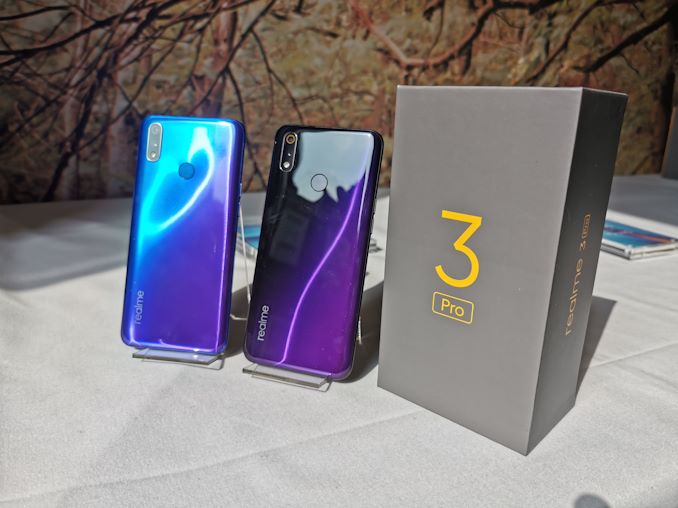
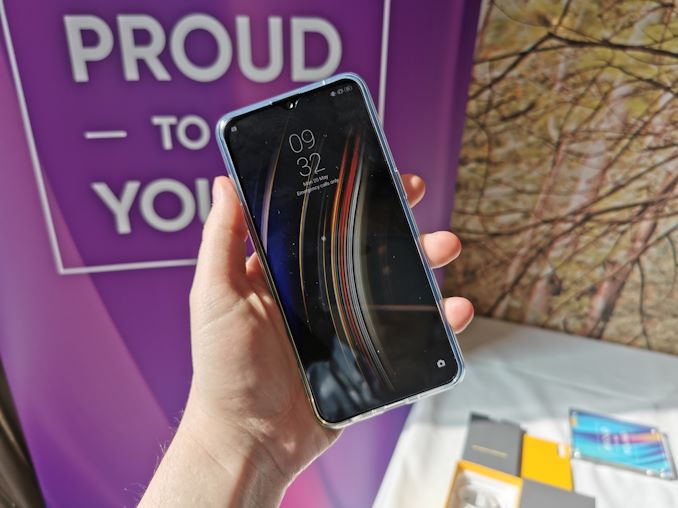
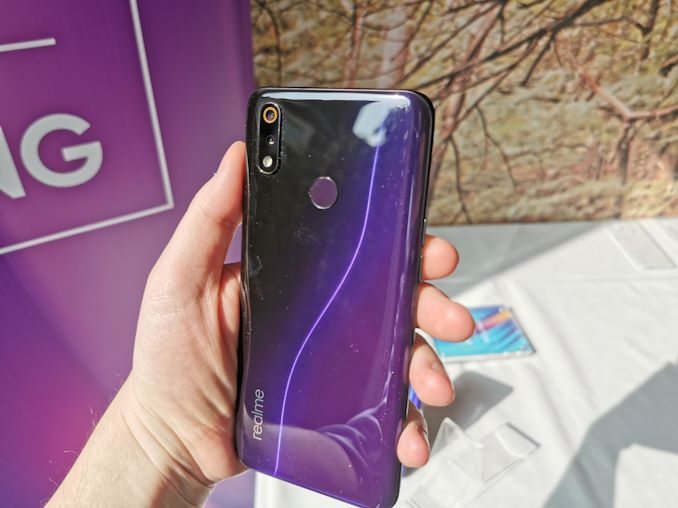
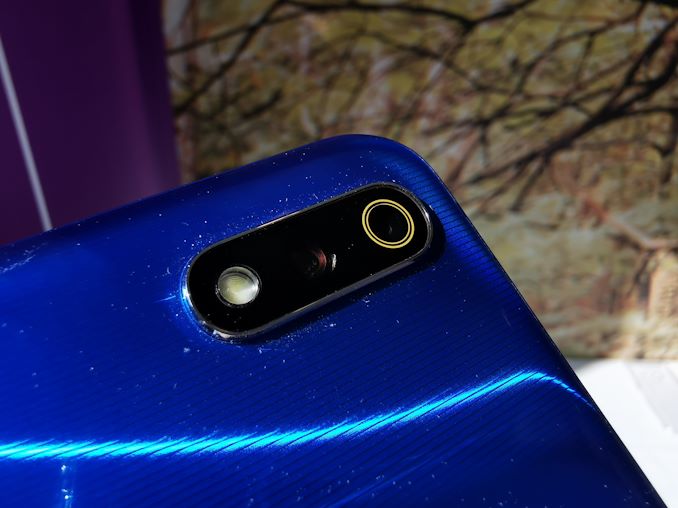


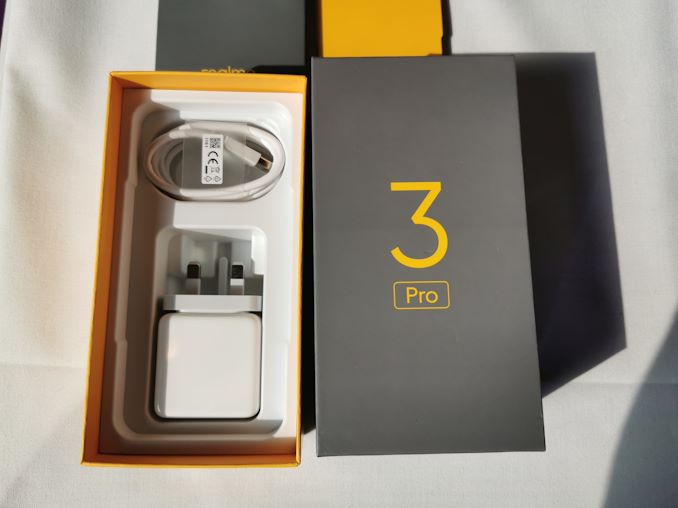
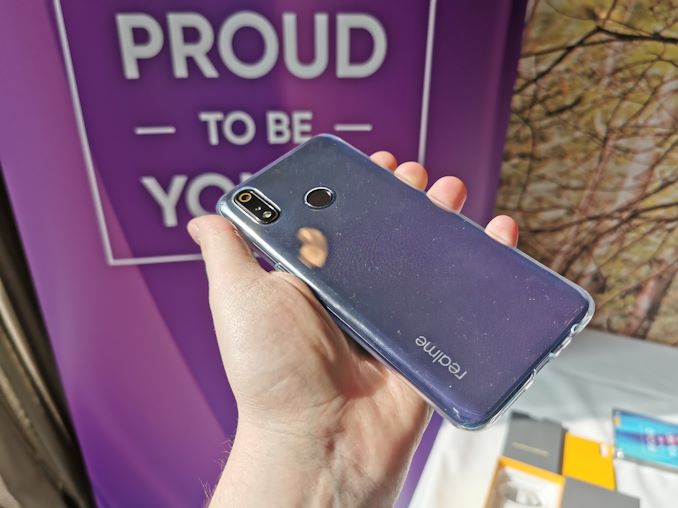
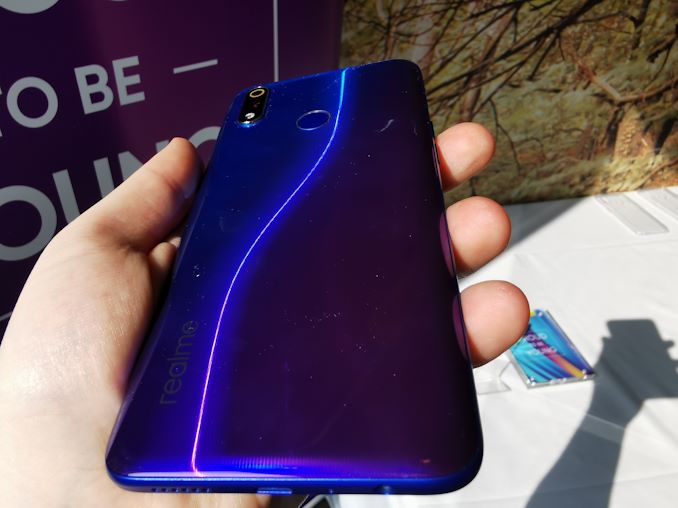








28 Comments
View All Comments
Mr. Engels - Monday, May 20, 2019 - link
...That plastic case made me realise:Young people is beggin' for a phone. Parents need a product like this, and this "low end" niche has a big future.
In fact, some years ago, at the beginning of mobile phones, spending 1000$ in a terminal would seem crazy (and we made those Nokia to have a longer time use!).
In an industrial & technical view, materials and machinery to make "2nd class" devices will be abundant and cheaper every year coming.
Lets get sober-headed again.
flyingpants265 - Monday, May 20, 2019 - link
I agree, but first of all, we've come full-circle: flagships go up to $1000, now mid-range phones are $600, offering the same performance as... previous flagships that were also $600. OK...Secondly, imagine if this phone had a full front screen, with a manual camera slider (not motorized?) That teardrop shape thing should disappear FOREVER, sliders/popouts are the official solution. Not a second screen, not a cutout.
flyingpants265 - Tuesday, May 21, 2019 - link
Wow, found it.. It's called realme X, has popup camera and it's a similar price, $200-ish.. it's in india/china, not sure about western release.Valantar - Monday, May 20, 2019 - link
They're pretty smart with that micro-USB - scaring off all of us Type-C snobs. This looks like a fantastic phone, but there's no way I'd go back to micro-USB. No way. Good riddance.wr3zzz - Monday, May 20, 2019 - link
Oppo/Vivo is probably the savviest demo hitting phone company in the world. Realme is for people who are very sensitive about value proposition but don't care or understand about benchmarks. For the techie types who hang around Anandtech, Oppo/Vivo already has Oneplus. Techies who care about technical specs but shy on money are already cornered by Xiaomi.1_rick - Tuesday, May 21, 2019 - link
Presumably the plastic case hides that nice S-curve shimmer on the back.amosbatto - Friday, May 24, 2019 - link
The idea of making the case to a phone out of glass is ridiculous, which is a slippery and highly breakable material. The purpose of a case is to PROTECT the phone. However, reviewers like Ian Cutress start out their reviews by harping endlessly how a phone doesn't feel "premium" if it isn't made out of glass, and then to add insult to injury, Cutress tells us to NOT use a clear plastic case which is totally necessary to protect the phone in a fall.Reviewers like Ian Cutress are the reason why the phone makers feel forced to make their cases out of glass, because they know that he will give them a bad review if they make it out of a practical material like plastic which is designed to absorb the force of a fall rather than cracking, yet also allows wireless charging, and is cheap and easy to replace if damaged.
I get the impression that reviewers like Ian Cutress never use a phone more than a couple weeks, so they don't care whether a phone is designed to last. They don't care whether the phone will be cracked in a fall. They don't care whether a glass case will break when you need to pry open the phone to replace the battery.
Dewacara - Sunday, June 7, 2020 - link
Azus Zenfone 6 also has a 5,000 mAh battery capacity with support for other advanced features.You can see the following explanation
https://www.dewacara.com/2020/06/harga-dan-spesifi...